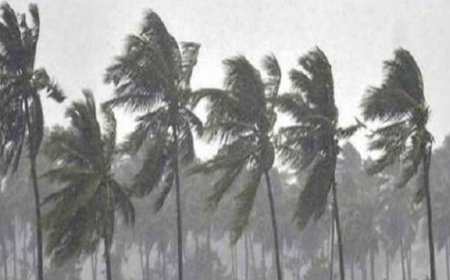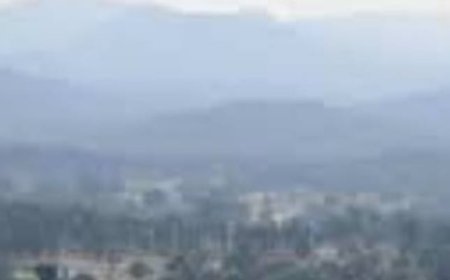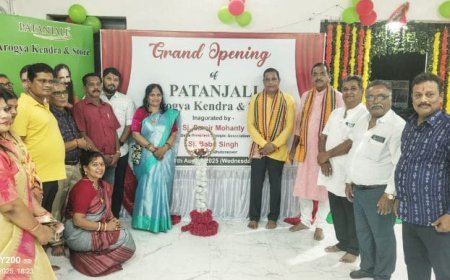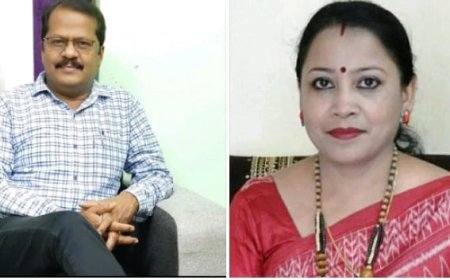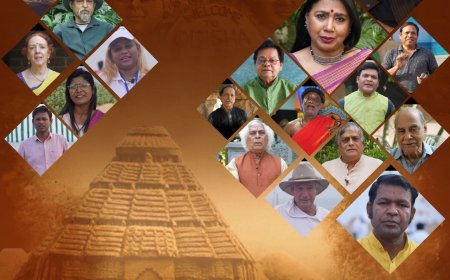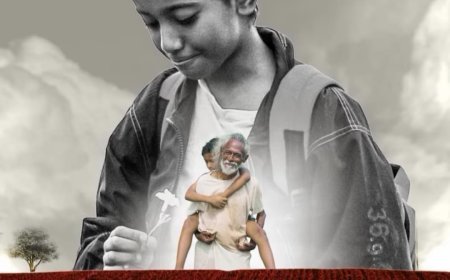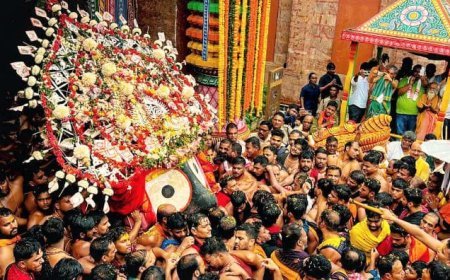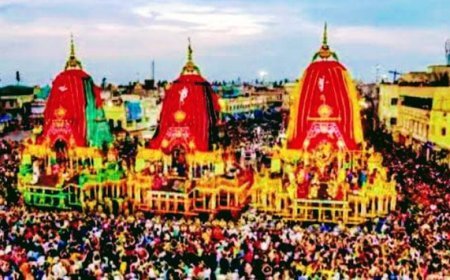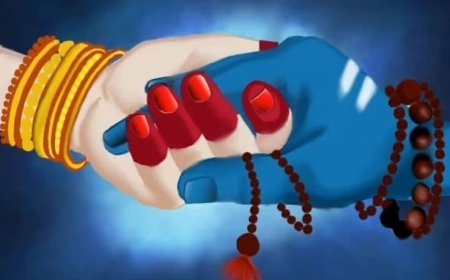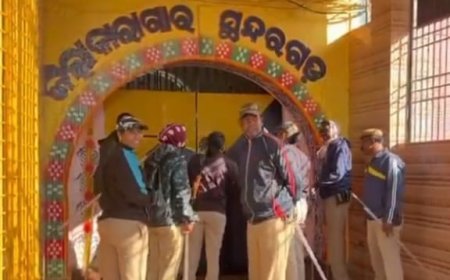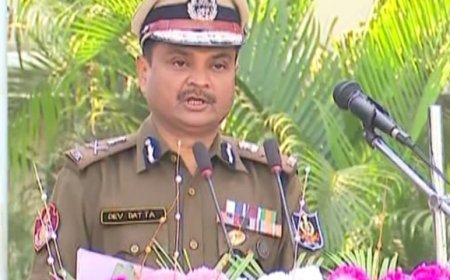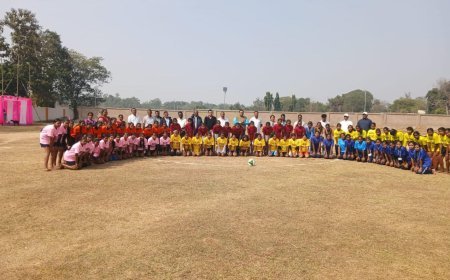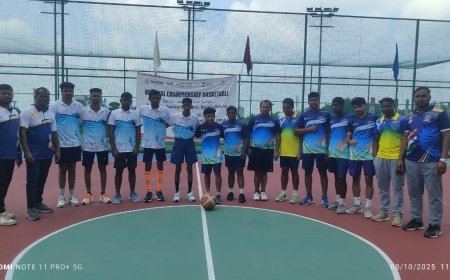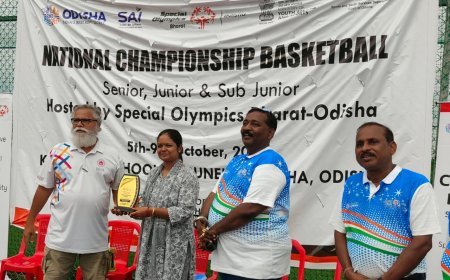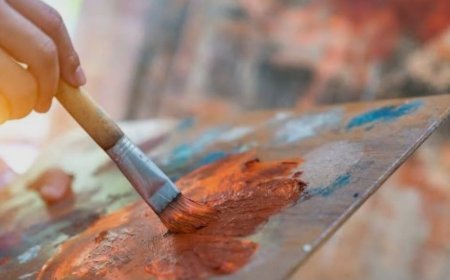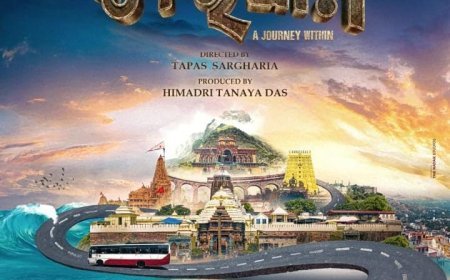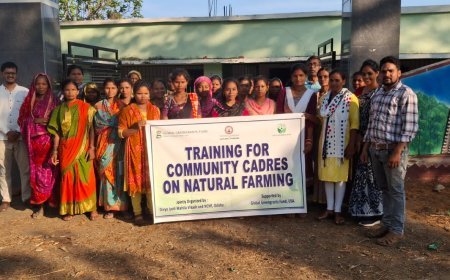Barabati: A Historic Landmark of Balasore
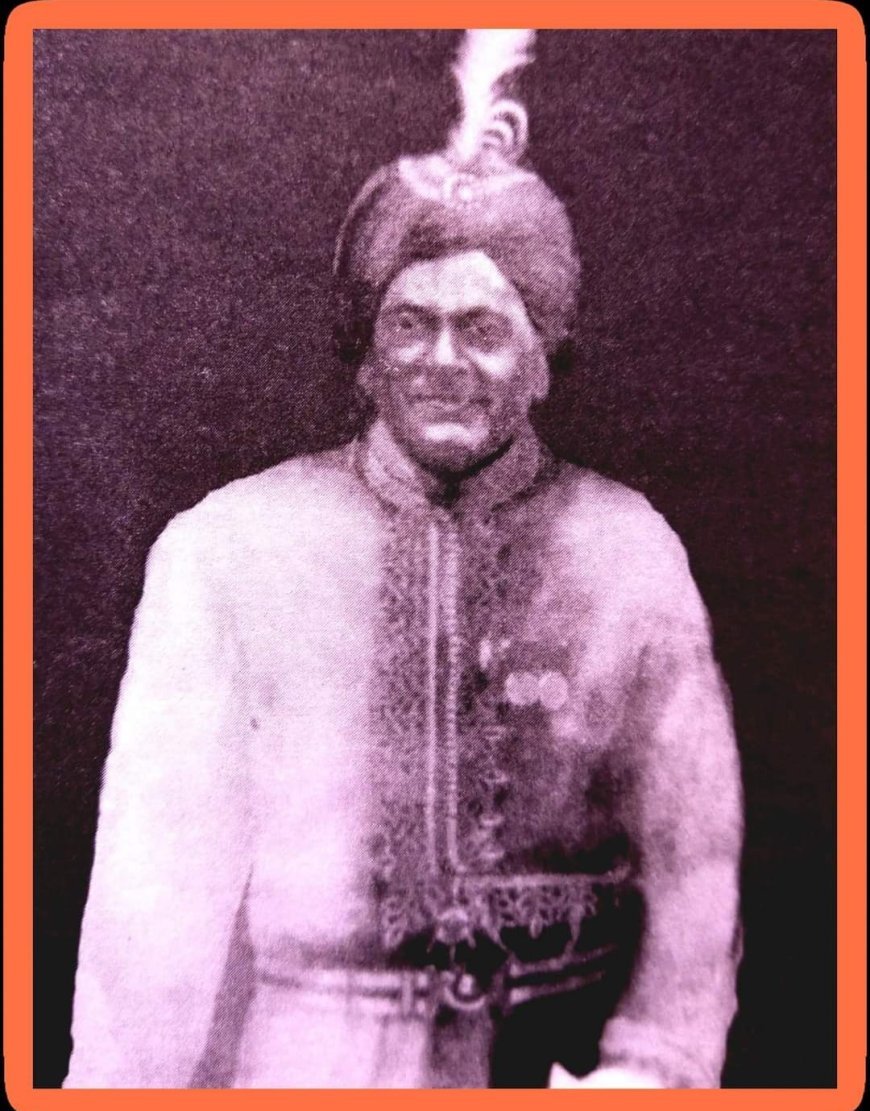
Product Name - Kesh Art Bhringraj & Neem Hair Cleanser for Controlling Hair fall & Dandruff
Product link -
Powered by myUpchar
Product Name - myUpchar 2% Salicylic Acid Serum For Acne, Pimples, Blackheads & Open Pores for both Women & Men - 50ml
Product Link -
Powered by myUpchar
By Uday Narayan Das
Barabati, an old locality of Balasore town, carries with it a rich legacy of history and heritage. Though now considered part of “Old Balasore,” its significance dates back to the early colonial era.
The English first arrived at Barabati in 1640 and established a settlement called a “Kothi” (trading post). That area later came to be known as “Kothi Badi.” In subsequent years, Anandamohan Kar purchased the Kothi and made it his residence.
The area was once referred to as Mahajan Pada because it was predominantly inhabited by businessmen, especially moneylenders who profited through high-interest loans. Their economic power led to social disorder, prompting the British to appoint a man named Kanhu Nayak as a revenue collector to manage the financial transactions. He eventually became a landlord. However, after his death, his descendants misused their inherited wealth. His memorial still exists near the western outskirts of Balasore, known as “Kanhu Nayak Gor.”
As steamships and railways developed, traditional shipbuilding and port trade in Balasore declined. Earlier, large native ships carrying salt would sail from Balasore to Salekia Gol, Kolkata, Chittagong, Mandraj, and Bombay. Mandraj traders often took aromatic rice from Balasore and brought spices like turmeric, cloves, bay leaves, betel nuts, and cumin in return. Alongside rice and spices, metals and other essential items were also traded.
Special pottery called mal handi was another major export, highly demanded in Java and Bali islands, as the soil there was unsuitable for such craftsmanship.
However, the British introduced Liverpool salt and Manchester cloth, reducing the demand for local salt and textile production. During British rule, the Kar community flourished as wealthy and influential merchants. Originally from Bengal, they began sending ships to Salekia with salt.
Later, some of them purchased zamindari estates and developed ponds and large residential houses. A notable figure, Chaitanya Charan Kar, was the first in Balasore to introduce a coin called “Gedi Paisa,” popularly known as “Chaitanya Kari Paisa.” Before that, cowries were used as currency.
Following the Kar lineage, Nandakishore Mandal from Chunchura (in Bengal) came to Balasore for trade. His son Padmalochan worked in the Collector's office as a cashier and gradually expanded his business, becoming a powerful landlord. Thus, the Mandal family emerged as prominent businessmen of the second generation in Balasore, following the Kar dynasty.
Then came Uddhaba Charan Das, a self-made Odia gentleman, who came to Barabati with minimal resources. Through sheer hard work and integrity, he rose to become a prosperous businessman. Despite being wronged by relatives, he never resorted to unethical practices and remained humble even after achieving great wealth. He contributed significantly to the development of temples, ponds, ghats, and public welfare initiatives.
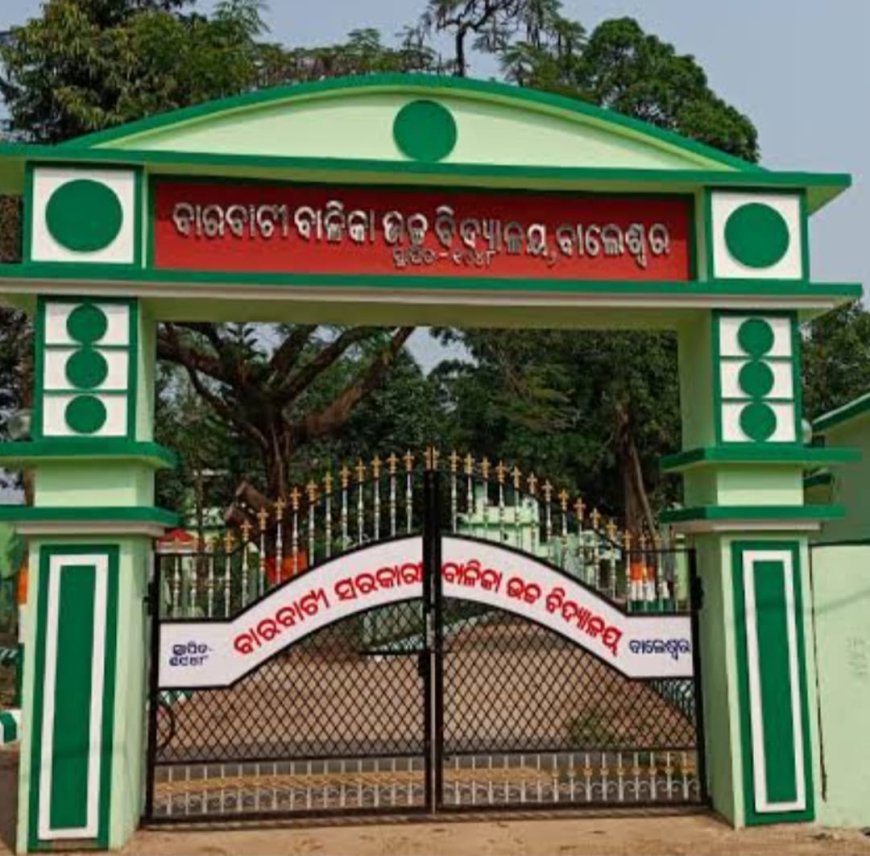
Around 1252 AD, he built a paved ghat and steps at Balighat, on the eastern side of the Baleswar river, which had silted up due to heavy mud deposits. Even today, during Kartika Purnima, locals gather at this site to float miniature boats as a symbolic remembrance of the ancient Boita Yatra tradition.
Following the Kar and Mandal families, Shyamananda De of the De family emerged as a celebrated name in Odisha’s salt and maritime trade. His son was the famous Raja Baikuntha Nath De.
Shyamananda De was known for his generosity. According to the 1906 publication Balasore Rajbati, he anonymously donated silver coins worth ₹80,000 for the renovation of the Gundicha Temple in Puri. This donation remained unknown even to his family members until 44 years after his death in 1888. The information surfaced in Nirmalya Gundicha (1985 edition).
Shyamananda De also extended support during the Great Famine of 1866. His ancestors had come to Balasore for trade, and through persistent effort, he rose to the top of society. In recognition of his contributions, the British government conferred upon him the title of “Raja.”
His son, Baikuntha Nath De, was later granted the title of Maharaja by King George V at the Delhi Durbar in 1912. Based in Barabati, Maharaja De played a key role in reviving Odia literature, culture, and language—a subject for deeper discussion in future writings.
•••
About the Author:
Uday Narayan Das is a renowned fiction writer with a deep passion for prose writing. A retired government servant, he now resides in Balasore and is actively engaged in novel writing. He can be reached at Mobile No.77359 51384
